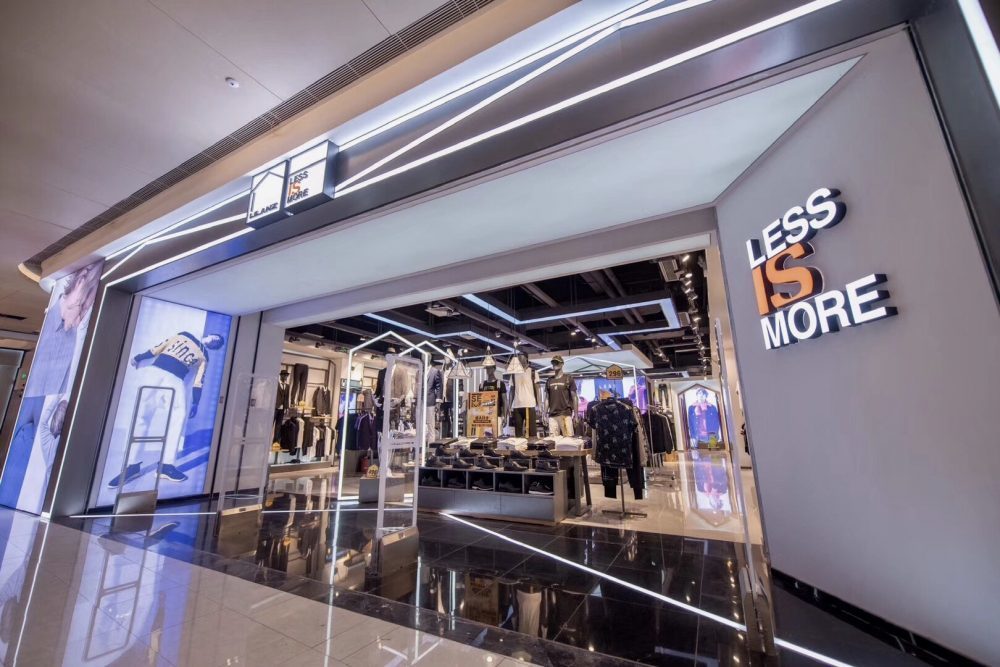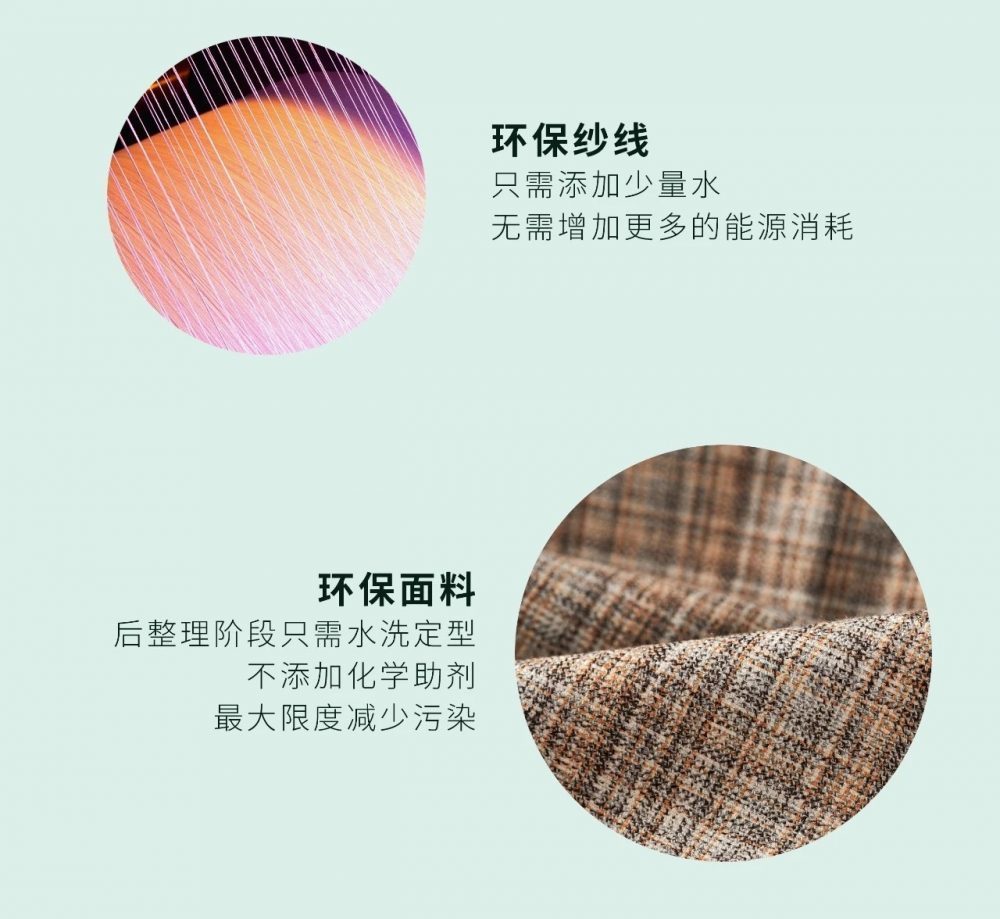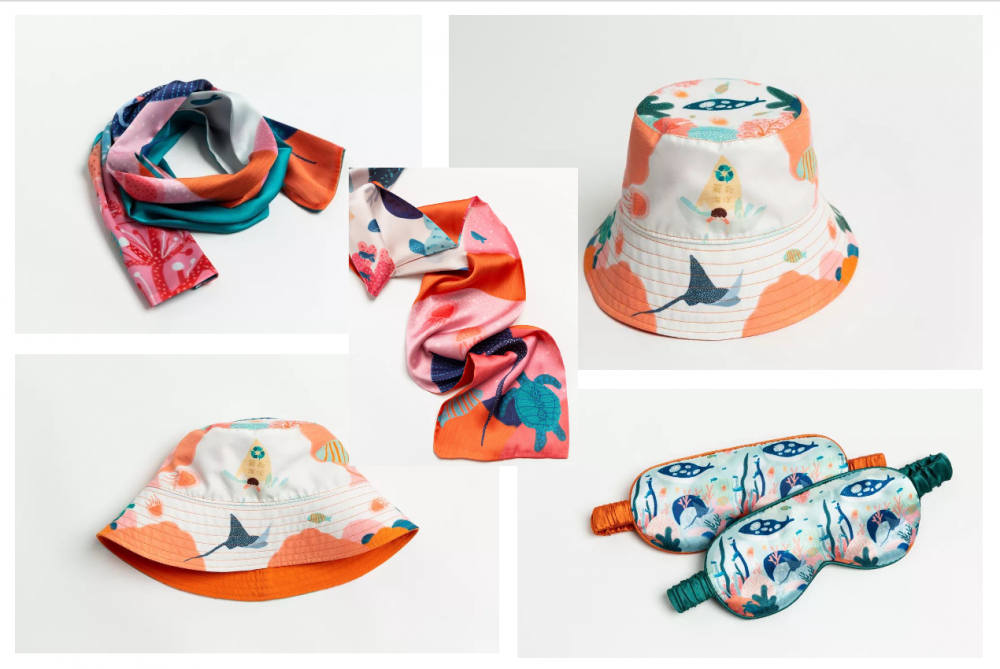Role of Supply Chain | Luxe.CO Annual Sustainable Fashion Forum 2021
February 15,2021
China is a major manufacturer and consumer of fashion products and, more importantly, is becoming a major innovator in the global fashion industry, with тsustainabilityт being one of the central themes of fashion innovation. In this process, the role of the supply chain is gradually moving from behind the scenes to center stage.
In the second panel session, Luxe.CO invited Guozhong Chen, Supply Chain Management Center Director at LILANZ; Ping Dong, Vice President and Chief Sustainable Innovation Officer at Sinotytex Co., Ltd and Jane Zhao, Founder of P.E.T. Plastic Ecological Transformation.

Q: What are the challenges in promoting sustainability in the Chinese market?
Guozhong Chen at LILANZ: "In China, there are both opportunities and challenges, mainly from the consumer side and the supply chain side. On the consumer side, their level of attention to sustainability is related to the maturity of consumers, and itтs a matter of time and culture to influence them. The disadvantage on the supply chain side is that it is difficult for upstream supply chain companies to meet the demand of brands without a certain volume.

Above: A тLess is moreт LILANZ store
Ping Dong at Sinotytex: "In the last two or three years, the popularity of the buzzword тenvironmental protectionт has dropped and the popularity of тsustainabilityт has risen. People are still a bit confused about the new word, so we have to explain it to customers. I think that maximizing the commercialization of sustainable products is the biggest support for sustainability. Sustainable fashion products are based on good-looking and quality designs. Similarly, sustainable products should not be too expensive and should be more accessible to the general public."
Q: How can consumers understand and accept the concept of sustainable fashion in a simpler way?
Ping Dong at Sinotytex: "We need to have a strong interaction with consumers, for example by making it clear how much water a piece of fabric saves, so that it can be better remembered by consumers. Foreign brands usually have sustainable sectors and China is slowly working towards that.
Sometimes it's better to let consumers know at first glance that it's an eco-friendly product than to over-explain how it is eco-friendly. We have an advantage as a supplier in terms of technology, so we have to work with brands to translate the technical language into тconsumer languageт and get them more interested in the garment textile or material."

Above: Eco-friendly yarns and fabrics
Jane Zhao at P.E.T.: тWhen communicating with consumers, we try to do as much visual communication as possible. The best feature of our products is that they are marked with raw material information in plain sight. We also need to go back to the basics and focus on the product itself, because sustainable products should be good enough for consumers to want to use them.
Itтs our responsibility to be real and show consumers sustainability is not just a slogan. We have launched our own tracing system where consumers can go in and see which customers recycle plastic bottles on a regular basis.т

Above: P.E.T. Save the Ocean collection
Q: What efforts will be made in the future in terms of sustainability?
Guozhong Chen at LILANZ: "We will start choosing sustainable suppliers from the product development end, linking up the whole supply chain and optimizing the suppliers. As a brand we hope to use this to focus more attention on sustainability."
Ping Dong at Sinotytex: "We plan to combine plastic and zero dyeing technology. I think pursuing environmental protection is a process and thereтs still much room for our improvement. Our material application is divided into three stages: first, the zero-dyeing stage; second, the zero-dyeing plastic bottle recycling stage; and third, we plan on producing fibre yarn and fabric using a zero-dyeing technique and recycled material from clothing.
Jane Zhao at P.E.T.: "We will launch luxury brands for specific industries. In addition, we have always positioned ourselves as a social enterprise, so in 2021 we will continue to work with the foundation to provide school uniforms for underprivileged areas in western China.
яНPhoto Credit: Speakers from the Forum
яНBy Mireya












Comments